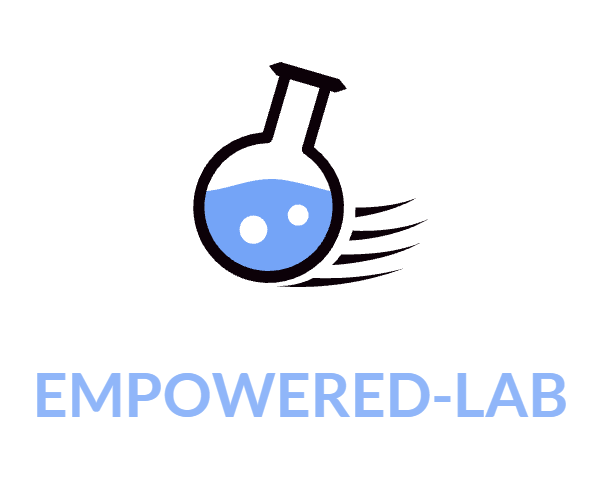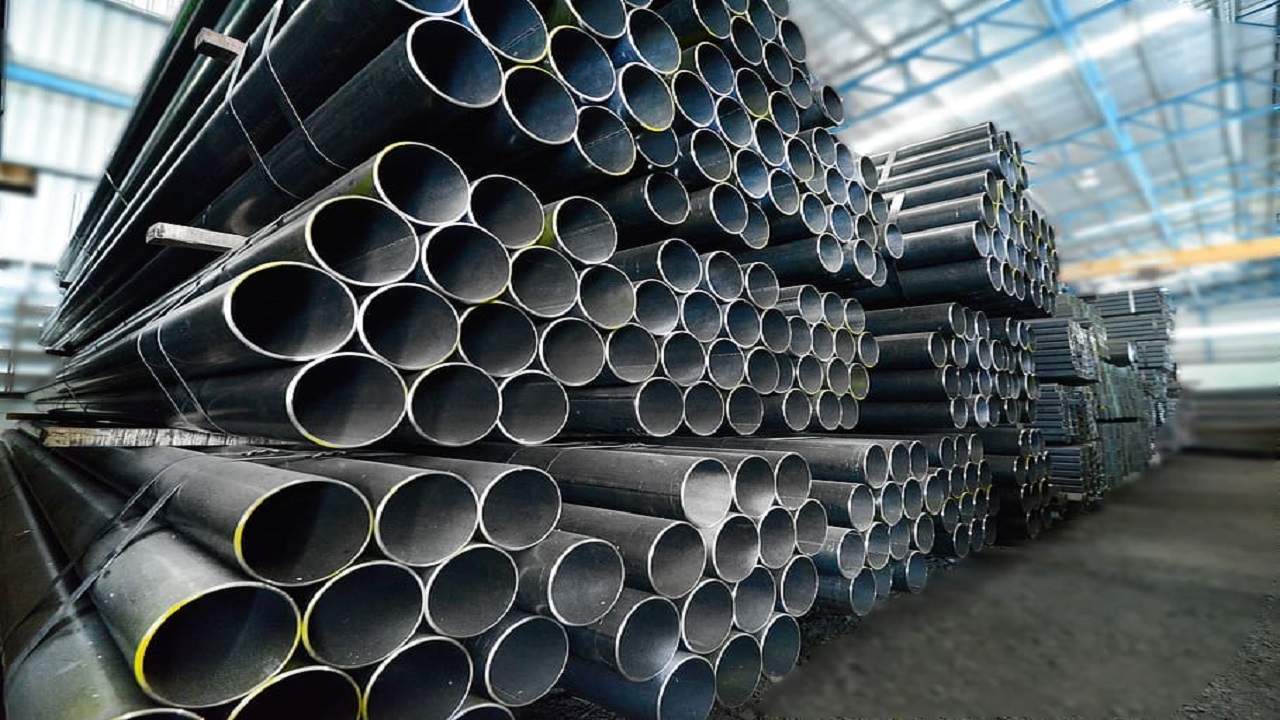In the vast network of the oil and gas industry, the role of welded pipes is indispensable. These pipes form the arteries through which the lifeblood of modern civilization flows, facilitating the transportation and distribution of oil and gas from extraction sites to processing plants and ultimately to end consumers. Understanding the significance of welded pipes in this intricate system sheds light on the complexities and innovations driving the oil and gas sector forward. Moreover, click the link to see more about the applications of welded pipes
The Backbone of Infrastructure
Welded pipes serve as the backbone of the infrastructure that supports the oil and gas industry. These pipes are crafted through a process of welding, where two pieces of metal are joined together to form a seamless conduit. This method ensures structural integrity and reliability, crucial factors considering the harsh conditions under which these pipes operate. From offshore drilling platforms to onshore refineries, welded pipes form an extensive network that connects various components of the oil and gas supply chain.
Durability and Reliability
One of the primary reasons for the widespread use of welded pipes in the oil and gas sector is their durability and reliability. These pipes are designed to withstand high pressures, corrosive substances, and extreme temperatures, making them ideal for the demanding environments encountered during the transportation and distribution of oil and gas. Additionally, the welded construction eliminates the risk of leaks or ruptures, ensuring the safe and efficient transfer of hydrocarbons over long distances.
Versatility in Design
Welded pipes offer a high degree of versatility in design, allowing engineers to tailor their specifications to meet specific project requirements. Whether it's the diameter, thickness, or material composition, welded pipes can be customized to accommodate a wide range of applications. This adaptability is essential in the oil and gas industry, where infrastructure must contend with diverse geological conditions and operational challenges.
Efficiency in Transport
Efficiency is paramount in the transportation and distribution of oil and gas, and welded pipes play a crucial role in achieving this goal. The seamless construction of these pipes minimizes frictional resistance, allowing for the smooth flow of hydrocarbons with minimal energy expenditure. This efficiency not only reduces operational costs but also ensures the timely delivery of resources to meet market demands. Furthermore, the durability of welded pipes translates to lower maintenance requirements, contributing to overall operational efficiency.
Safety Considerations
Safety is a top priority in the oil and gas industry, and welded pipes are engineered with stringent safety standards in mind. The robust construction of these pipes mitigates the risk of accidents such as leaks or ruptures, which can have catastrophic consequences for both human life and the environment. Additionally, welded pipes undergo rigorous testing and inspection protocols to ensure compliance with regulatory requirements and industry best practices. By prioritizing safety in the design and deployment of welded pipes, the oil and gas sector demonstrates its commitment to responsible operations.
Conclusion
In the dynamic world of oil and gas transportation and distribution, welded pipes emerge as indispensable components that form the backbone of the industry's infrastructure. Their durability, reliability, and efficiency make them the preferred choice for conveying hydrocarbons across vast distances, from extraction sites to end consumers. As technology continues to evolve and environmental considerations drive innovation, welded pipes will remain at the forefront of efforts to ensure the safe, reliable, and sustainable delivery of oil and gas resources for generations to come.


